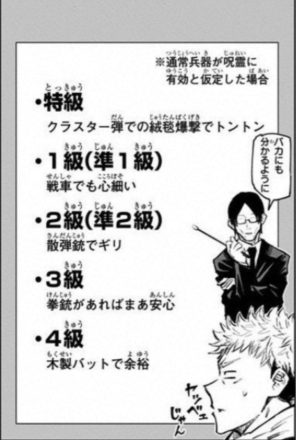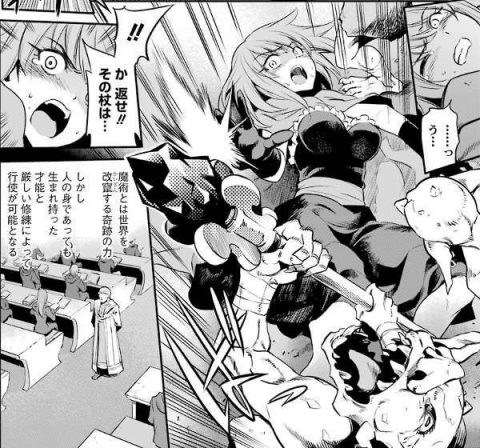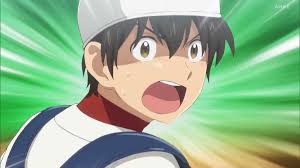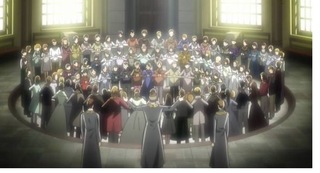One of the great attractions of The Promised Neverland is its excellent storyline, which is full of foreshadowing. There are still many things we don't know about this work, but are these just the author's ideas, or is there some other intention behind it? Today we will focus on some trivia that appears in The Promised Neverland. There are still many elements of mystery to ponder, but we hope you will enjoy reading it along with your own opinions.
Considering secret trivia: GF Farm numbers
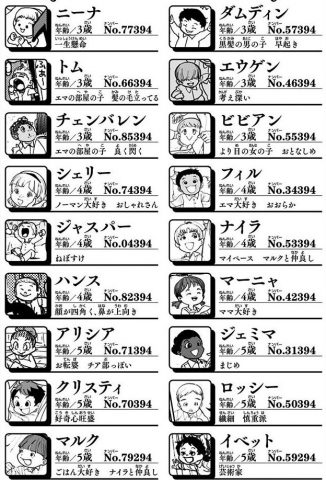
Source: The Promised Neverland ©Shirai Kaiu/Demizu Posuka/Shueisha/CloverWorks
Do you know that there is a pattern to the identification numbers on Emma and the others' necks? Emma's number is 63194, Norman's is 22194, and Ray's is 81194, which at first glance seem to be random, but the last three digits are the same. If you read this backwards, it probably corresponds to the order in which they were born. Isabella's number is 73584, which is a fairly early number. Gilda, who is younger than Emma, is 65194, which also follows the rule, and if you read it backwards you can see that it comes after Emma and the others. Also, in the flashback scene of Ray as a baby, if you read it backwards you can see that he is the baby that is the most different from Ray. From this, it is likely that this rule is correct, but we don't know which plant they will go to. Maybe they were in the same plant but were already shipped out.
Considering secret trivia: Mass-produced farms exist in the real world
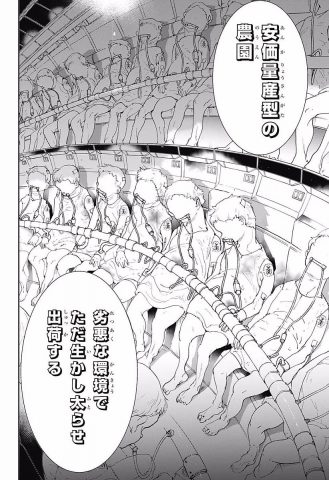
Source: The Promised Neverland © Kaiu Shirai/Posuka Demizu/Shueisha/CloverWorks
Not all farms that cultivate humans have an environment like Emma and her friends. They are mass-produced farms that feed and harvest in poor conditions. In fact, such farms exist in the real world where we live. When producing foie gras, it is necessary to intentionally create fatty livers, so the geese must be force-fed. They are kept in jars or cages to prevent them from exercising. This method has a higher mortality rate than normal geese, but the fatty livers of the geese that survive this method become the foie gras that we consider a luxury food. I don't know if this is the model for actual mass-production farms, but it's good to know when watching this film that humans are actually doing things similar to what animals do.
Considering Secret Trivia: Oni Reproduction
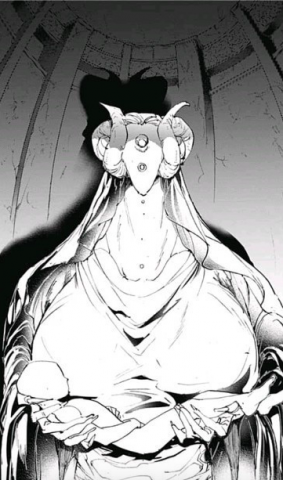
Source: The Promised Neverland © Kaiu Shirai/Posuka Demizu/Shueisha/CloverWorks
After arriving at Kvitidara, Emma and her friends find a clue that leads to the entrance. Although the hint has not yet been revealed in the story, there was an interesting scene there. A stone statue that appears to represent a female oni holding a child. So far, no demons have appeared who are definitely female, and the only demon who could possibly be female is Muzika. From the statue depicting a woman holding a child, we can deduce that demons are overwhelmingly male, and females can only be born under certain special circumstances. Perhaps this is why they are deified. Perhaps this is why Muzika knows things that other demons don't know, and why she has the demon's eye pendant.
Considering Secret Trivia: The Evolution of Demons
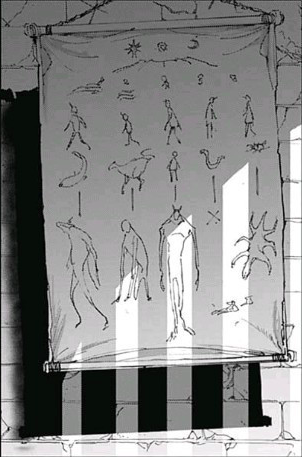
Source: The Promised Neverland © Kaiu Shirai/Posuka Demizu/Shueisha/CloverWorks
In Kvitidara, there is a picture that shows evolution. There is certainly a picture that makes you think that such demons existed. There are insects, mammal-like animals, and snakes with X's under them, so perhaps they are extinct. There are also demons that seem to have evolved from fish. One thing that bothers me here is the picture in the middle, which appears to represent evolution. Isn't this a human? So what does the picture on the top row refer to? If the picture on the top row of the picture of a person walking at two speeds represents a demon, does this mean that it took on this form by eating a human? Indeed, all of the nobles were humanoid. There were also insect-like demons in the forest. This probably represents what each demon ate to take on the form they have today.
Considering secret trivia Why an owl?
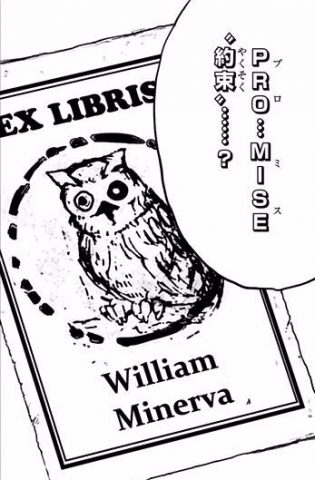
Source: The Promised Neverland © Kaiu Shirai/Posuka Demizu/Shueisha/CloverWorks
We already know that the owl is the symbol of the family that made the promise. That is, the person who made the promise has an owl on their shoulder, and the code from Minerva was also expressed in Morse code with lines around the owl. So why an owl? I'm sure there are many more animals that could be used as symbols, but I was a bit curious so I looked into what kind of creature owls are. After doing some research, I found that in old legends, owls are sometimes a symbol of misfortune and sometimes a symbol of happiness, depending on the place. In Japan, they are said to bring happiness. Considering that this represents happiness or misfortune depending on the place in which it is told, and that we do similar things in the real human world as we do in the real world, I felt that the demon farming in the world of demons was a perfect motif. Am I reading too much into it?
Considerations on secret trivia Summary
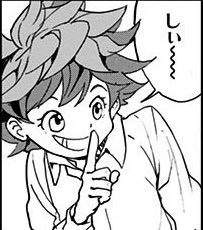
Source: The Promised Neverland © Kaiu Shirai / Posuka Demizu / Shueisha / CloverWorks
There are still many hints scattered throughout The Promised Neverland, and there are many things we don't know. Gradually, the mystery will be solved. I look forward to it every week. I feel that this is a book that depicts the ultimate in food education, and I hope that children of the younger generation will read it carefully and feel various things from it. Thank you for watching today.

